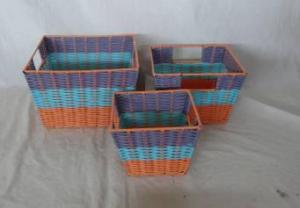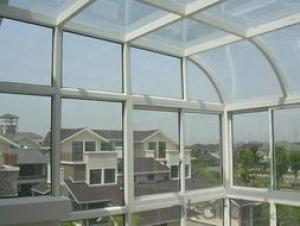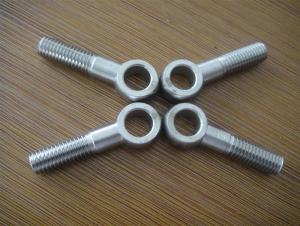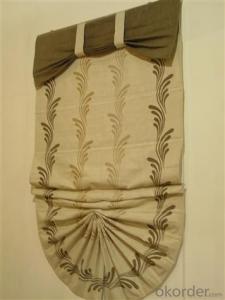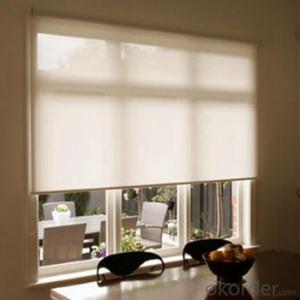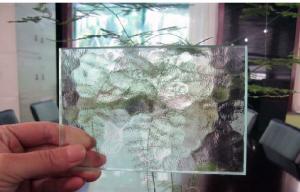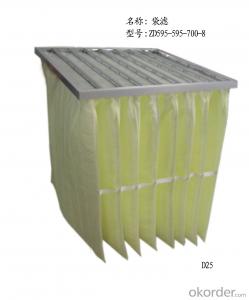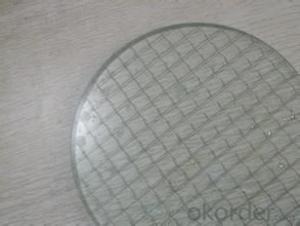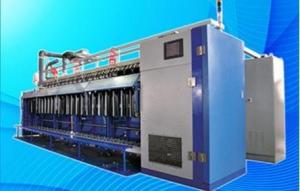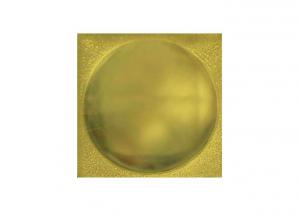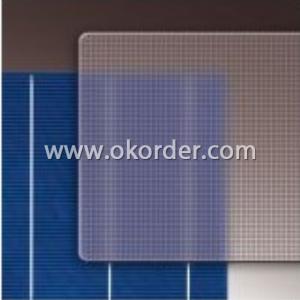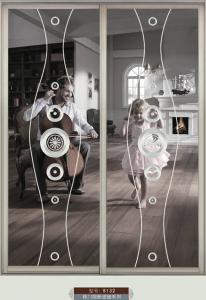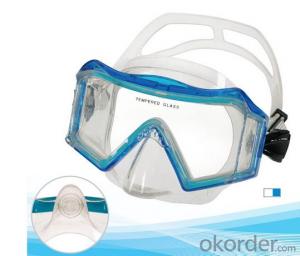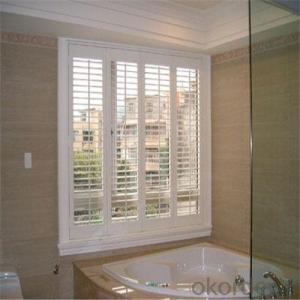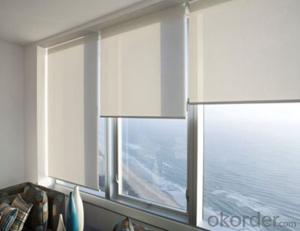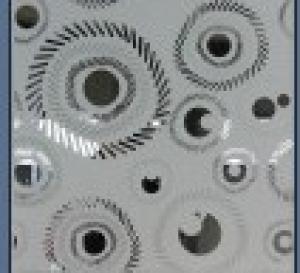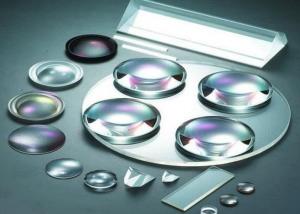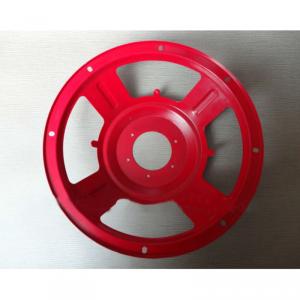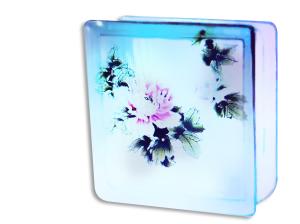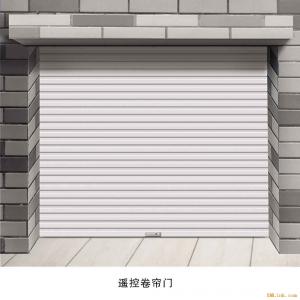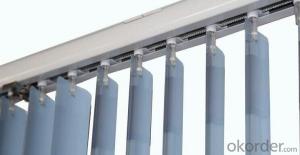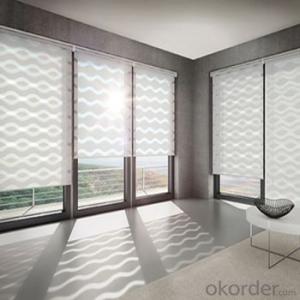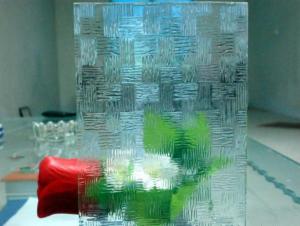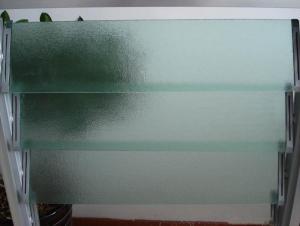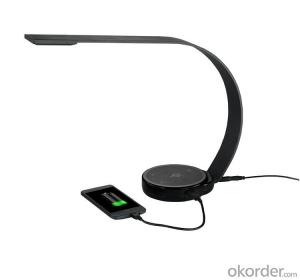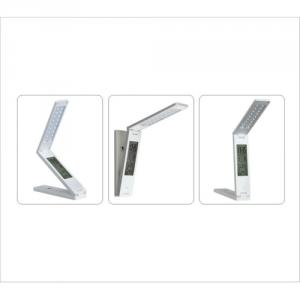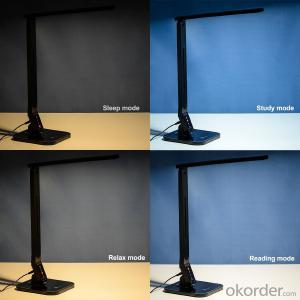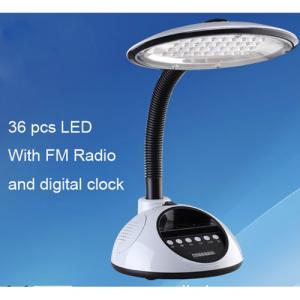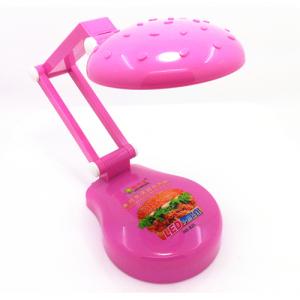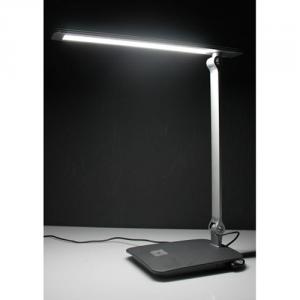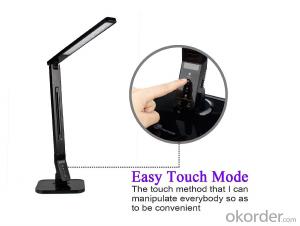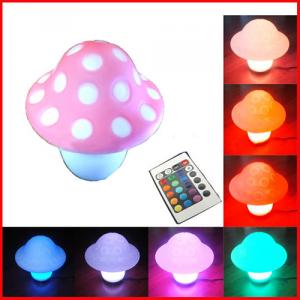Eyeglasses Frames For Men
Eyeglasses Frames For Men Related Searches
Computer Reading Glasses Glass For Pendant Lights Steel Frames For Furniture Accessories For Lighting Unusual Drinking Glasses For Sale Frame Custom Insulating Aluminum Window Frames Horizontal Window Blinds Lenses Compatible With Canon Lamp Post Glass Replacements Outside Lights For Trees Metal Shop Cabinets For Sale Glasshouses For Sale Outdoor Lights For Trees Front Bumpers For Cars Liners And Covers Lamp Post Replacement Glass Canvas Awnings For Sale Large Led Screens For Sale Courtesy Lights For Cars Window Closers Grinding Tools For Metal Eye Store Melamine Glasses Drinkware Leather Accessories Fiberglass Panels For Roofing Rolls Of Fiberglass Mat Cloth Shades For Windows Eyeglass Places Open On Sunday Post Lights For OutdoorsEyeglasses Frames For Men Supplier & Manufacturer from China
Eyeglasses Frames For Men encompass a diverse range of stylish and functional eyewear options designed to cater to the specific needs and preferences of male consumers. These frames come in various shapes, sizes, materials, and colors, ensuring that there is something for everyone. Whether it's for everyday use, professional settings, or special occasions, these frames provide a perfect blend of comfort, durability, and fashion.The application and usage scenarios of Eyeglasses Frames For Men are vast, making them an essential accessory for many individuals. These frames are not only used for correcting vision but also serve as a fashion statement, enhancing one's appearance and complementing their personal style. They can be worn by professionals in the workplace, students in educational institutions, or during leisure activities, providing a versatile solution for various situations. Additionally, these frames can be used for reading, computer work, driving, or simply as a stylish accessory to complete an outfit.
Okorder.com is a leading wholesale supplier of Eyeglasses Frames For Men, boasting a large inventory that caters to a wide range of customer demands. With a commitment to quality and customer satisfaction, Okorder.com offers competitive prices, fast shipping, and excellent customer service. By partnering with reputable manufacturers, Okorder.com ensures that the Eyeglasses Frames For Men they supply meet the highest industry standards, providing customers with a reliable and trustworthy source for their eyewear needs.
Hot Products
